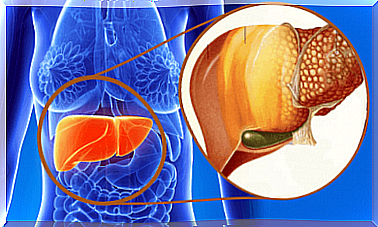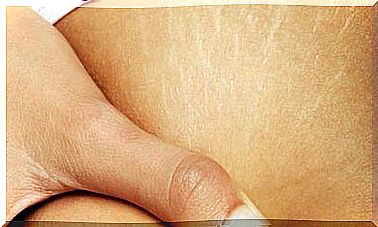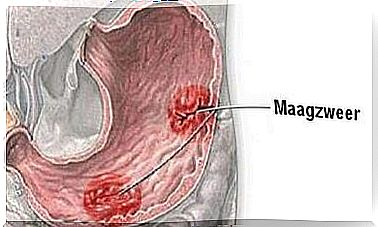Characteristics Of Acute Infectious Arthritis

Acute infectious arthritis is a disease in which inflammation or swelling of the synovial membrane, a thin layer that covers and protects the inside of the fibrous joint capsule, occurs. It is a thin layer that envelops and protects the inside of the fibrous joint capsule.
It produces a special substance, the synovial fluid, to perform these functions, a kind of lubricant for the joints that can reduce injuries and wear and tear. There are two types of arthritis, depending on the period in which it develops, namely:
- On the one hand, there is chronic arthritis. This arises if after treatment of the causes of the disease, the condition does not disappear and a person continues to have the problem for the rest of his life.
- On the other hand, there is acute arthritis if the condition does resolve after treatment.
It usually affects the same joint symmetrically on both sides of the body. In addition, it can affect other surrounding internal structures such as bones and cartilage.
Symptoms of Acute Infectious Arthritis

In general, a person may experience a number of symptoms or changes associated with this disease. Some of the most common problems include:
- overall fatigue.
- loss of appetite.
- fever that varies in intensity.
- occasional shivers.
- intense pain or discomfort in the joints.
- swelling or inflammation of the affected areas with a reddish tint (more than usual).
- dry mouth (especially in the morning) or red eyes.
- a feeling of numbness in the joints that increases in the morning.
Causes of Septic Arthritis
The infectious agents that cause this disease can act directly, with the pathogen being in the joint. However, they can also be indirect, where the harmful microorganism has started an infection in another part of the body. It then spreads to the mentioned structures.
In either case, the patient’s immune system will fight against that infection by producing a large number of leukocytes and moving them to the area. This is usually the cause of the joint inflammation.
There are also other classifications according to the type of infectious agents that cause the disease. Thus, the following types can be distinguished:
- Bacterial arthritis, which is caused by gonococci, streptococci, or staphylococci. In general, infectious arthritis belongs to this category.
- Viral arthritis is a condition caused by certain types of viruses, such as parvovirus B19, rubella, or hepatitis (B and C).
- In rare cases, it is caused by infection with a parasite or fungus.
Diagnosis of Acute Infectious Arthritis
In general, the medical team will perform a series of medical procedures to identify this condition to rule out other conditions with similar characteristics. For example:
- Physical examination. In this, specialists check the symptoms that the patient can feel. The medical history and any background information are also studied.
- A synovial fluid analysis. A small amount of this substance is taken for laboratory research to confirm or exclude the presence of pathogens.
- Other routine tests such as blood or urine tests may also be performed.
Treatment of acute infectious arthritis

The goal of treatment is to eliminate the causative infection and reduce any symptoms. So the treatment will involve:
- A doctor will prescribe antibiotics if the infectious arthritis is caused by bacteria.
- He or she may prescribe non-steroidal anti-inflammatory drugs (NSAIDs) and analgesics (to relieve the pain or discomfort).
- Alternatively, he or she can immobilize the affected joint (for example, by fitting a splint).
- Finally, physiotherapy may also be recommended to restore the joint’s strength and range of motion.
These measures are often used in combination, resulting in an improvement in the patient’s condition and quality of life.
A complex pathology
Finally, we would like to reiterate that infectious arthritis patients require early diagnosis and timely treatment. If this is not done, complications can arise. So it is important to see a doctor as soon as possible in the presence of any of the above symptoms.









